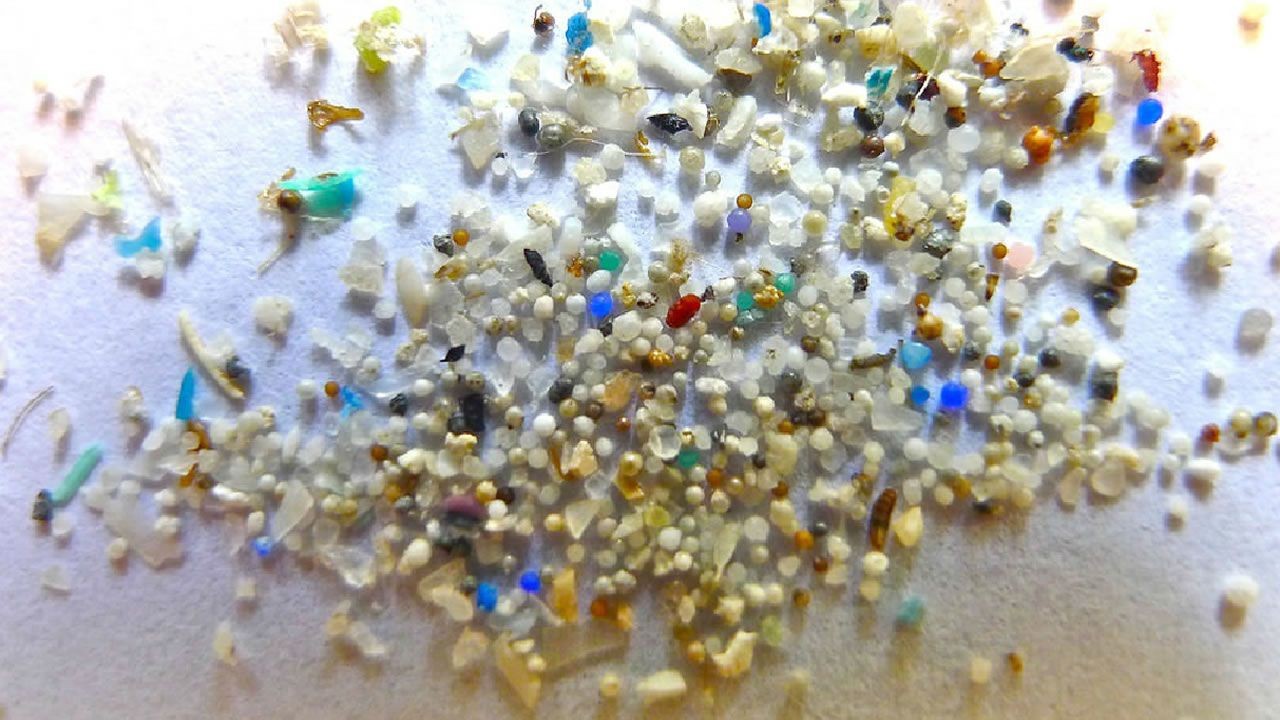A new ICTA-UAB project to assess the impacts of micro- and nano-plastics in the tropical and temperate oceans
A new project led by ICTA-UAB researcher Patrizia Ziveri is one of five projects selected for funding by the Joint Programming Initiative Healthy and Productive Seas and Oceans (JPI Oceans).

The new projects aim at conducting research on sources of microplastics, methods for identifying smaller micro- and (nano-) plastics and monitoring their circulation in marine systems and their effects thereon.
Plastics in the marine environment have become a major concern because of their persistence at sea and adverse consequences to marine life. According to estimates from Eunomia (2016) between 27—67 million tons of plastic could be found in the world’s ocean as of 2016. Microplastic particles are by far the largest quantity of plastic pollution in the ocean. Microplastics are persistent environmental contaminants whose potential for physical harm and toxicity has been highlighted in various studies. However, knowledge and understanding about smaller microplastic particles (from 10 μm to even smaller particles - nanoparticles) is still limited.
The i-plastic project, conducted by Patrizia Ziveri and Michael Grelaud, is one of these five JPI Oceans projects that will embark conducting research on sources of microplastics and looking into analytical methods for identifying smaller micro- and (nano-) plastics. The projects will also focus on monitoring and mapping of microplastics in the ocean including its effects on the marine environment.
The i-plastic project aims to assess the dispersion and impacts of micro- and nano-plastics in the tropical and temperate oceans, from the regional land-ocean interface to the open ocean. They will quantify the seasonal transport and dispersion in three selected estuaries (hotspots of plastic sources) and adjacent coastal waters and shorelines under distinct flow and climate regimes (i.e., tropical and temperate systems).
In-situ monitoring will be performed in the selected system of the eastern and western Atlantic Ocean and Mediterranean Sea. The impacts on distinct commercially valuable species (as part of the human diet) from the target regions will be addressed through in-situ observations and laboratory experiments.
New approaches will be implemented to detect and characterize nanoplastics in environmental matrices (i.e.: water, short-term sediment trap, sediment and biota) and ascertain processes of macroplastic fragmentation. Finally, the data generated during the i-plastic project will be used to feed regional models for the dispersion of micro- and nano-plastics, which in turn will be used to elaborate a model of their dispersion at the Atlantic scale.
In this context, the project will provide missing knowledge concerning the fate of plastics in the ocean and the effects of smaller plastics on the ecosystems of different areas worldwide, by making projections to understand the impacts and dispersion of micro and nano-plastics in the next decades of the Anthropocene. The countries involved in the project are Spain, Portugal, Italy and Brazil.
This project is funded within the JPI Oceans program supported by H2020 CSA Ocean2. It is an intergovernmental platform that strives to increase the impact of national investments in marine and maritime research and innovation.
Further information: here